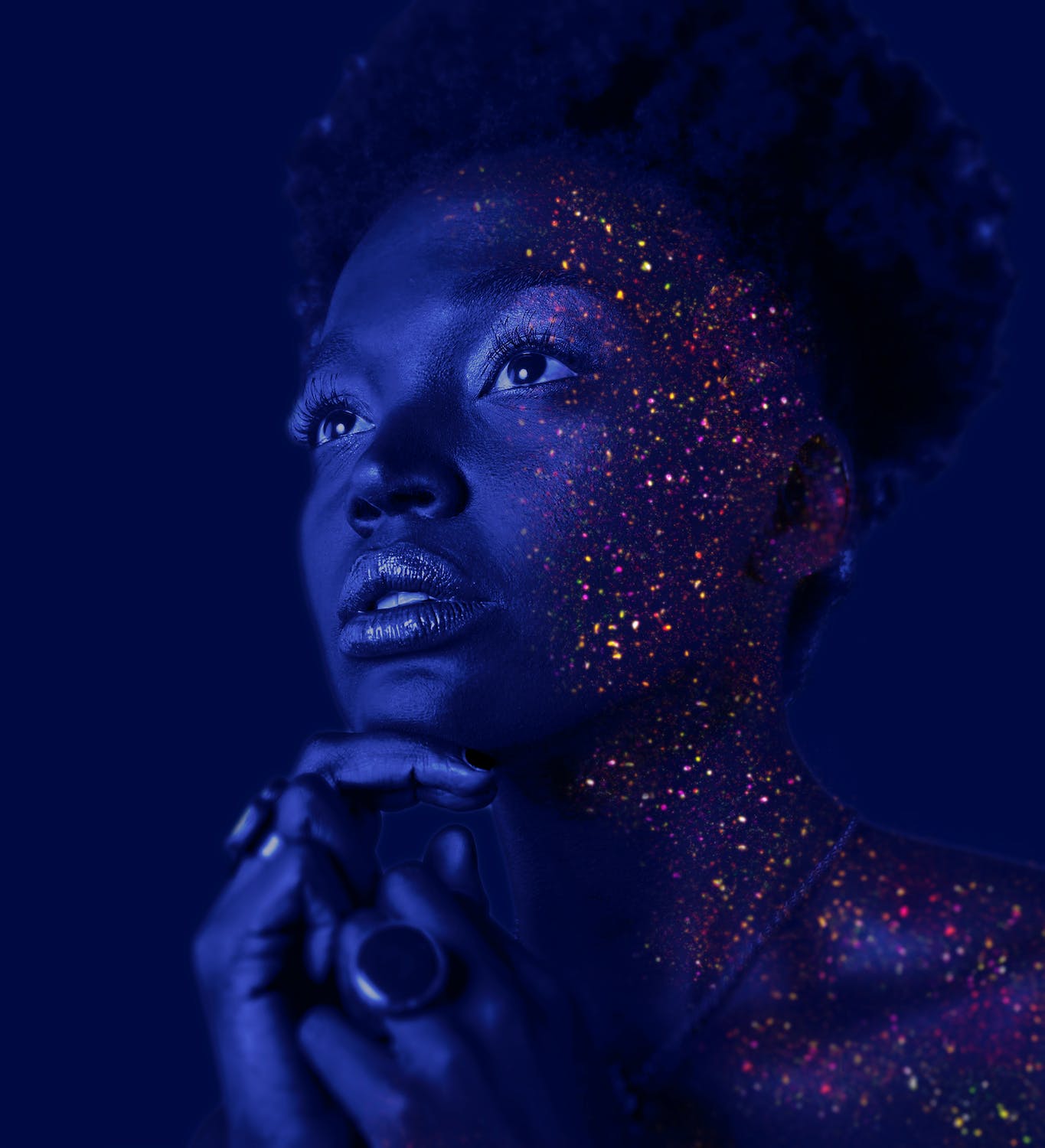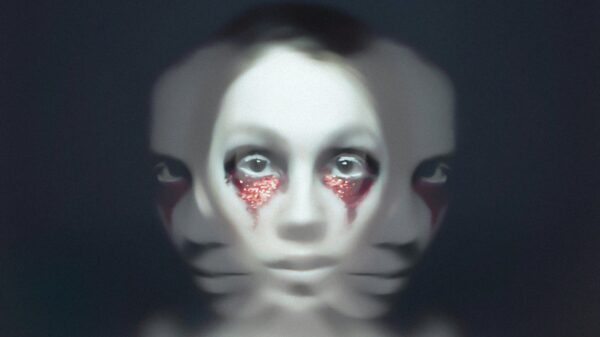Color is all around us, from the bright blue sky to the vibrant green trees. It’s no secret that colors have a huge impact on our emotions and perceptions. But did you know that colors can also be used to enhance your artwork? Whether you’re a professional artist or simply enjoy creating art as a hobby, understanding how to use color effectively can take your work to the next level. In this blog post, we’ll explore the power of colors and provide tips on how you can use them in your own artwork. So grab your paintbrushes and let’s get started!
The Psychology of Colors
It’s no secret that colors have a big impact on our emotions. Just think about how you feel when you see a field of red tulips versus a field of green grass. Red is associated with excitement and energy, while green is associated with peace and relaxation.
But why does color have such a big impact on our emotions? It turns out, there’s a lot of psychology behind it.
For starters, colors are processed in different areas of the brain than other visual information like shapes and patterns. This means that colors can have a direct impact on our emotions without us even realizing it.
In addition, colors also evoke certain memories and associations. For example, the color blue might remind you of your favorite childhood blanket or the sky on a clear summer day. These memories and associations can also impact our emotions in a positive or negative way.
Finally, research has shown that certain colors can actually physically affect us in different ways. For example, the color red has been shown to increase heart rate and blood pressure, while the color blue has been shown to have calming effects.
So next time you’re choosing colors for your artwork, keep all of this in mind! The right colors can really make a difference in how your artwork is received by viewers.
Choosing Color Palettes
Color is one of the most important elements in any piece of artwork. The right colors can make a big impact and really set the tone for your work. But with so many options out there, how do you choose the perfect color palette for your next project?
Here are a few tips to help you get started:
1. Know your color wheel
Understanding the basics of color theory will help you immensely when choosing colors for your artwork. Familiarize yourself with the color wheel and learn about complementary, analogous, and monochromatic color schemes. This will give you a great foundation to start from.
2. Consider your subject matter
Think about what you want to portray in your artwork. Are you trying to capture a particular mood? Do you want your colors to reflect the time of year or a specific season? What feeling are you going for? Answering these questions will help narrow down your color choices.
3. Look at other artists’ work for inspiration
If you’re stuck, take some time to look at other artists’ work for inspiration. See how they’ve used color in their pieces and see if anything speaks to you. You can also look at photographs, nature, or anything else that catches your eye. Just remember not to copy someone else’s work – use it as a starting point to find your own unique voice.
The Power of Colors: How to Use Color in Your Artwork
Color is one of the most important elements of art. It can be used to set the mood, create contrast, and add interest. The right colors can make a painting come alive.
When mixing colors, it is important to know the color wheel. This will help you determine which colors go together. The color wheel is made up of three primary colors (red, yellow, and blue), three secondary colors (orange, green, and purple), and six tertiary colors (red-orange, red-violet, yellow-green, yellow-orange, blue-green, and blue-violet).
To mix a color, start with two primaries that are next to each other on the color wheel. For example, if you want to mix orange, start with yellow and red. To mix purple, start with red and blue. Once you have your two colors mixed together, you can add white or black to lighten or darken the color.
When blending colors in a painting, it is important to consider the value of each color. Value is how light or dark a color appears. A good way to think about it is how much white or black has been added to the color. Lighter colors have more white added to them while darker colors have more black added to them.
Value is important because it helps create contrast in a painting. If all the values in
Different Color Schemes for Artwork
There are an endless amount of color schemes that artists can choose from when creating their artwork. Some popular color schemes include complementary, monochromatic, and analogous. Each color scheme has its own unique effects that can be used to create different feelings and atmospheres in your work.
Complementary colors are opposite each other on the color wheel and create a strong contrast when used together. This contrast can be used to create tension and drama in your artwork. Monochromatic colors are all variations of the same hue and can be used to create a calming and serene feeling in your work. Analogous colors are adjacent to each other on the color wheel and create a harmonious and unified feeling in your artwork.
Choosing the right color scheme for your artwork is an important decision that can help you communicate the mood or feeling that you want to convey in your work. Experiment with different color schemes until you find one that best suits your artwork.
Using Color in Your Work: Tips and Tricks
Different colors can evoke different emotions in your viewer. As an artist, you can use this to your advantage to create the mood or feeling that you want your artwork to convey. Here are some tips and tricks for using color in your work:
-Choose a color scheme before you start painting. This will help you to create a cohesive piece.
-Think about how colors interact with each other. Colors next to each other on the color wheel are called complementary colors and can create a striking effect when used together.
– experiment with different techniques, such as mixing colors on your palette or applying paint directly from the tube, to create interesting effects.
-Have fun with it! Don’t be afraid to experiment and try new things.
Examples of Successful Use of Color in Artwork
Color can have a profound Impact on the success of artwork. The right colors can make a big difference in how your artwork is received.
When it comes to choosing colors for your artwork, there are no hard and fast rules. However, there are some general guidelines that can help you create successful artworks using color.
Here are a few examples of successful use of color in artwork:
1. Use color to create contrast.
Contrasting colors can help to make your artwork more eye-catching and interesting. For example, you could use a light color for the background and a dark color for the foreground. Or, you could use warm colors (such as reds and oranges) for the subject matter and cool colors (such as blues and greens) for the background.
2. Use color to create harmony.
Harmonious colors can help to create a feeling of calm and serenity in your artwork. For example, you could use similar colors (such as different shades of blue) throughout your painting or drawing. Or, you could use complementary colors (such as orange and blue) to create a pleasing visual effect.
3. Use color to express emotion.
Color can be used to convey different emotions in your artwork. For example, warm colors tend to be associated with positive emotions such as happiness and love, while cool colors tend to be associated with negative emotions such as sadness and anger. Likewise, bright
Conclusion
Color is a powerful tool that can be used to express ideas, evoke emotion and create stunning works of art. With a few simple tips and an understanding of how color affects our perception, you can use it effectively in your artwork to make an impactful statement. Whether you are painting a landscape or creating digital designs, learning the basics of color theory will help you create artwork that captures attention and speaks volumes without saying a single word.










